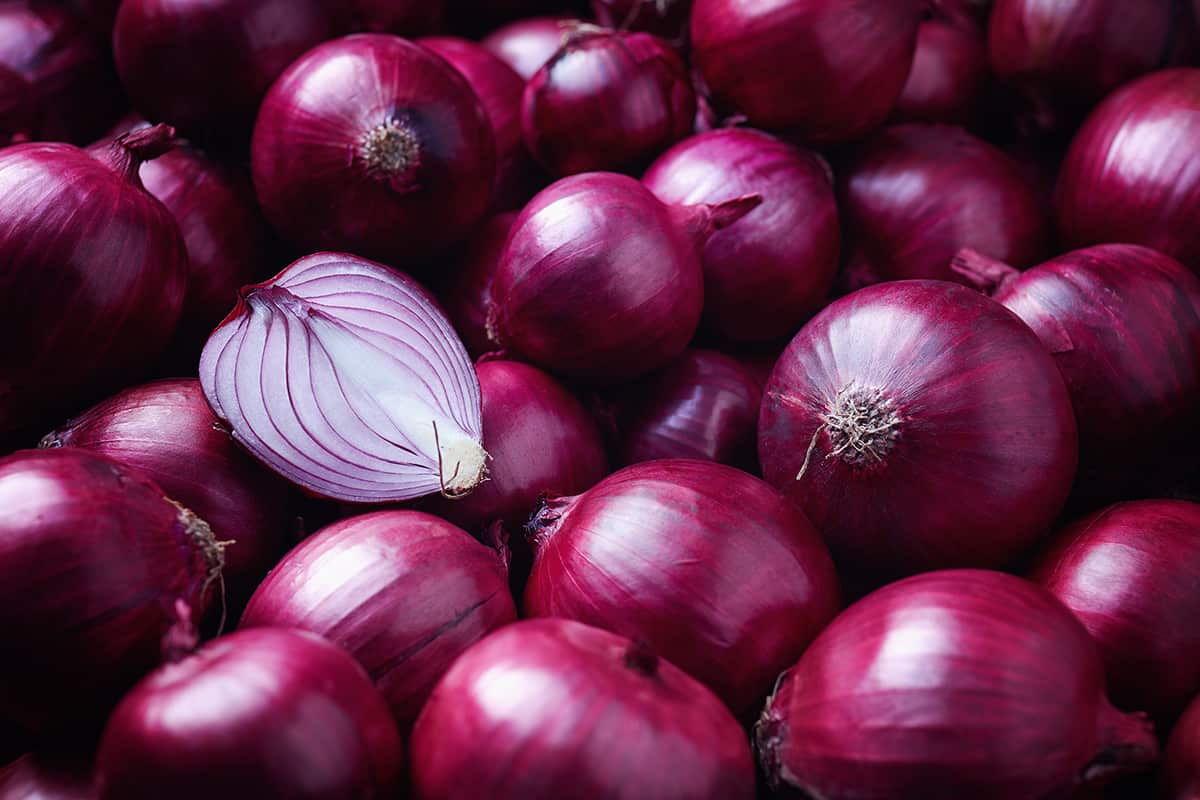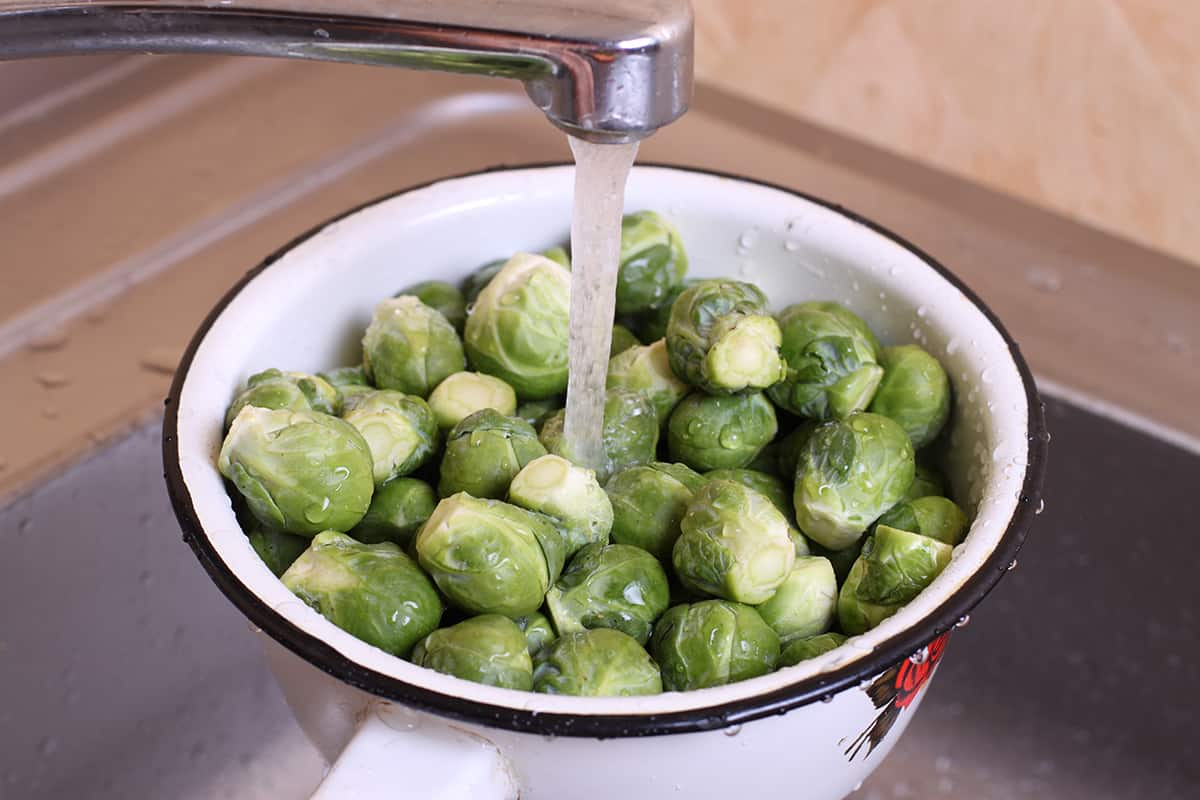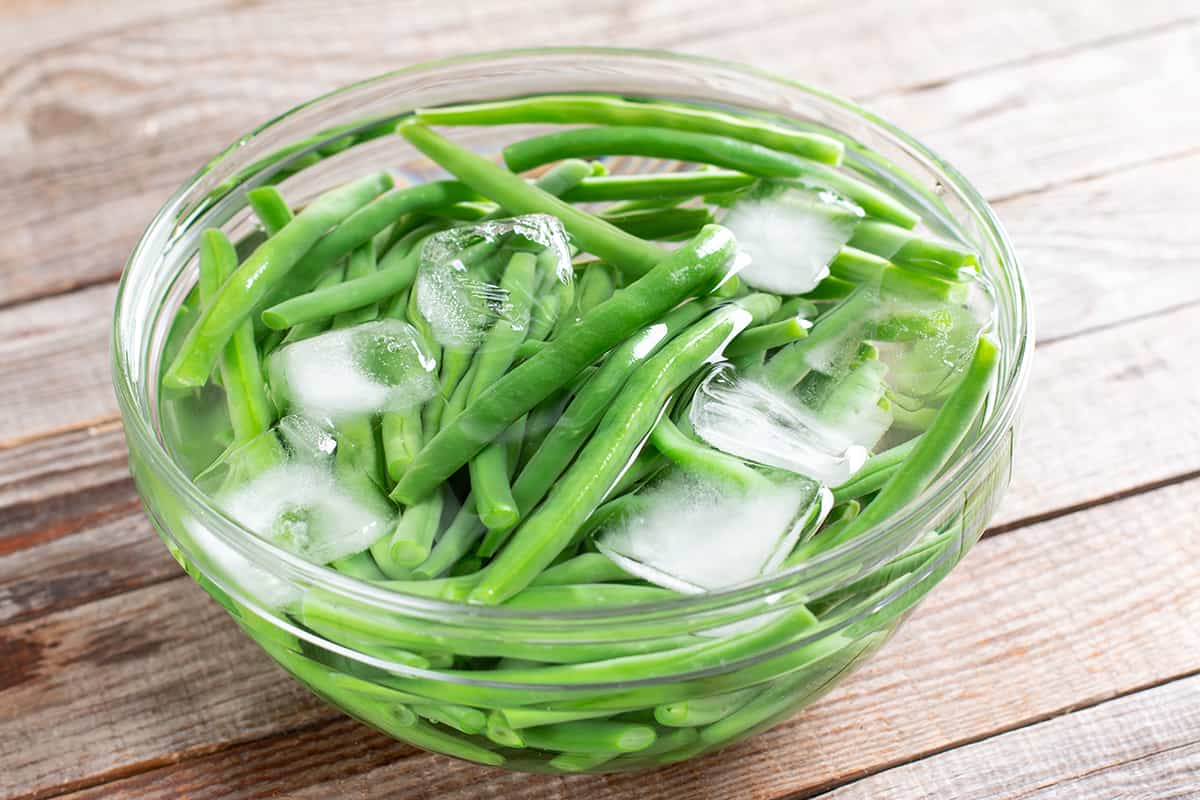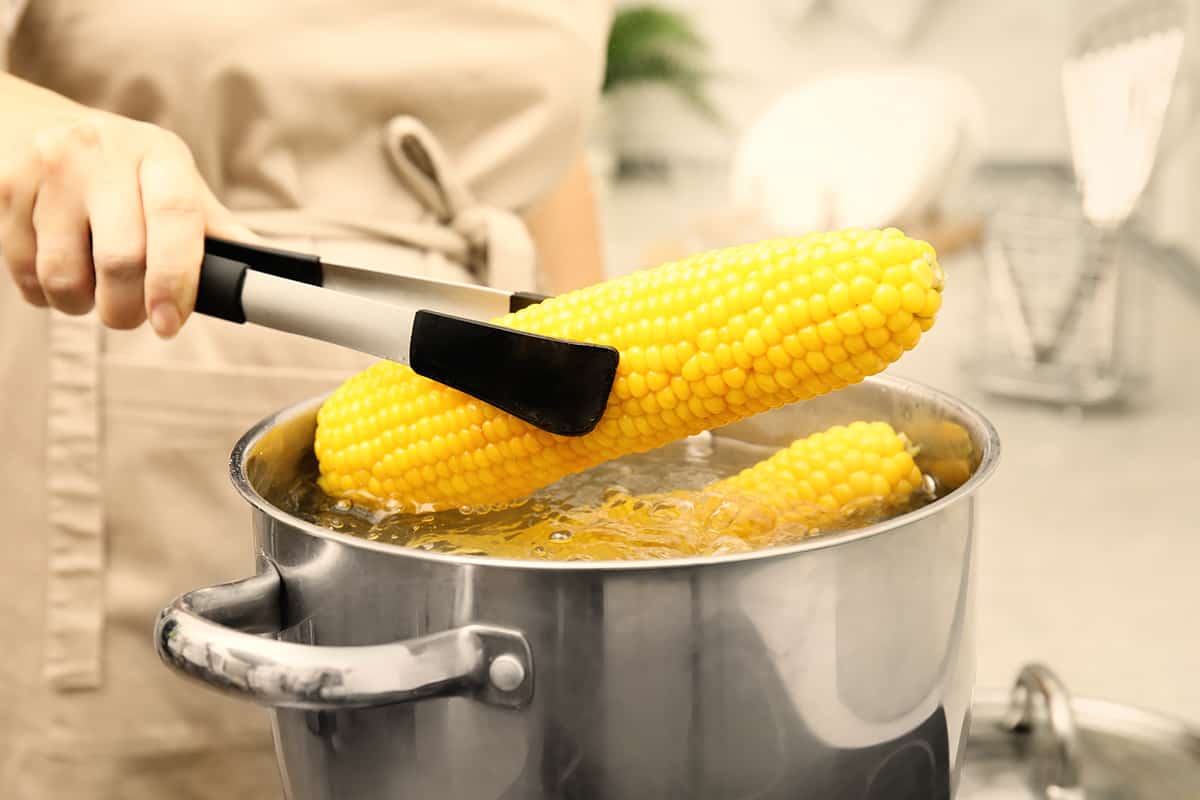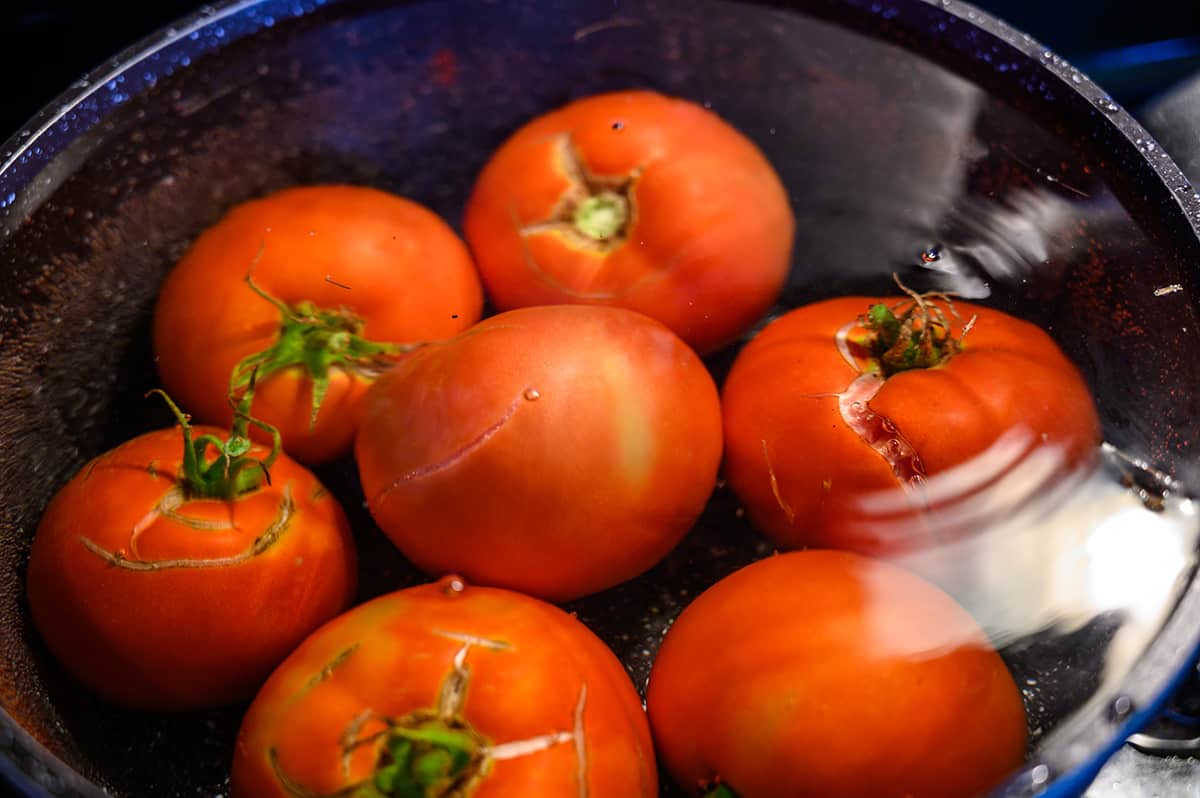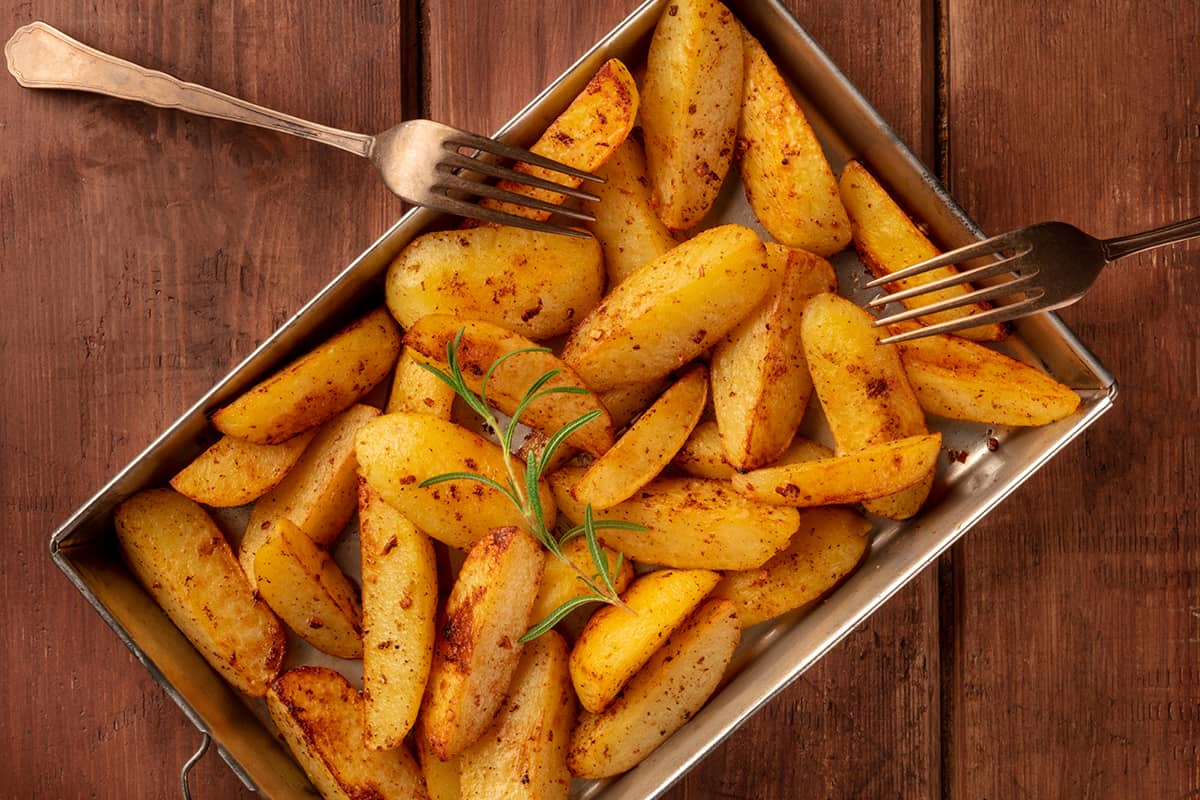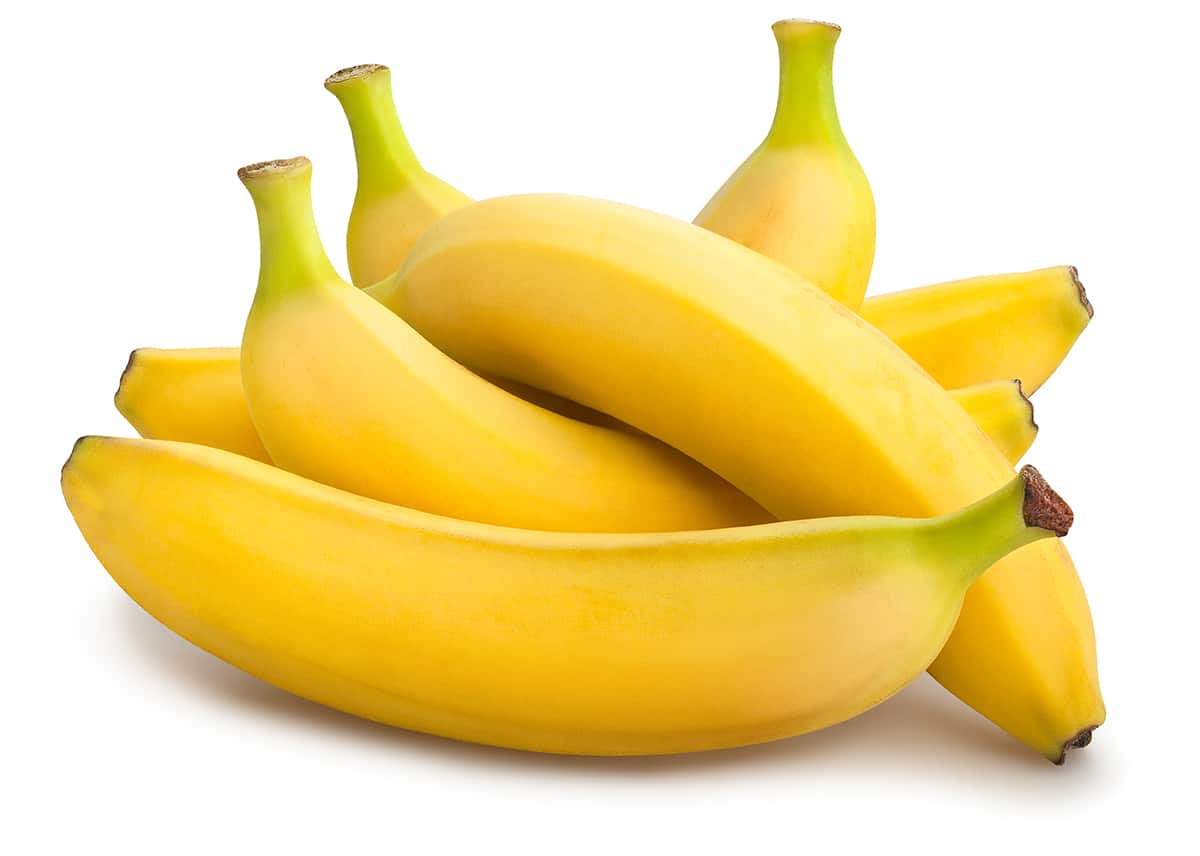The next time you find yourself shopping for onions, see if you know how many of them make up a pound. Of course, the type of onion will play a role in the final count, but on average, how many onions will a pound yield?
The typical medium-sized yellow onion has an average weight of 7.27 ounces. So, between 2 and 3 of them will add up to a full pound.
The world is chock-full of onions—many of which taste absolutely fantastic. In today’s guide, I’ll cover the most common onion varieties, how many of them you need to make a pound, and how onions are sized.
Onion Varieties
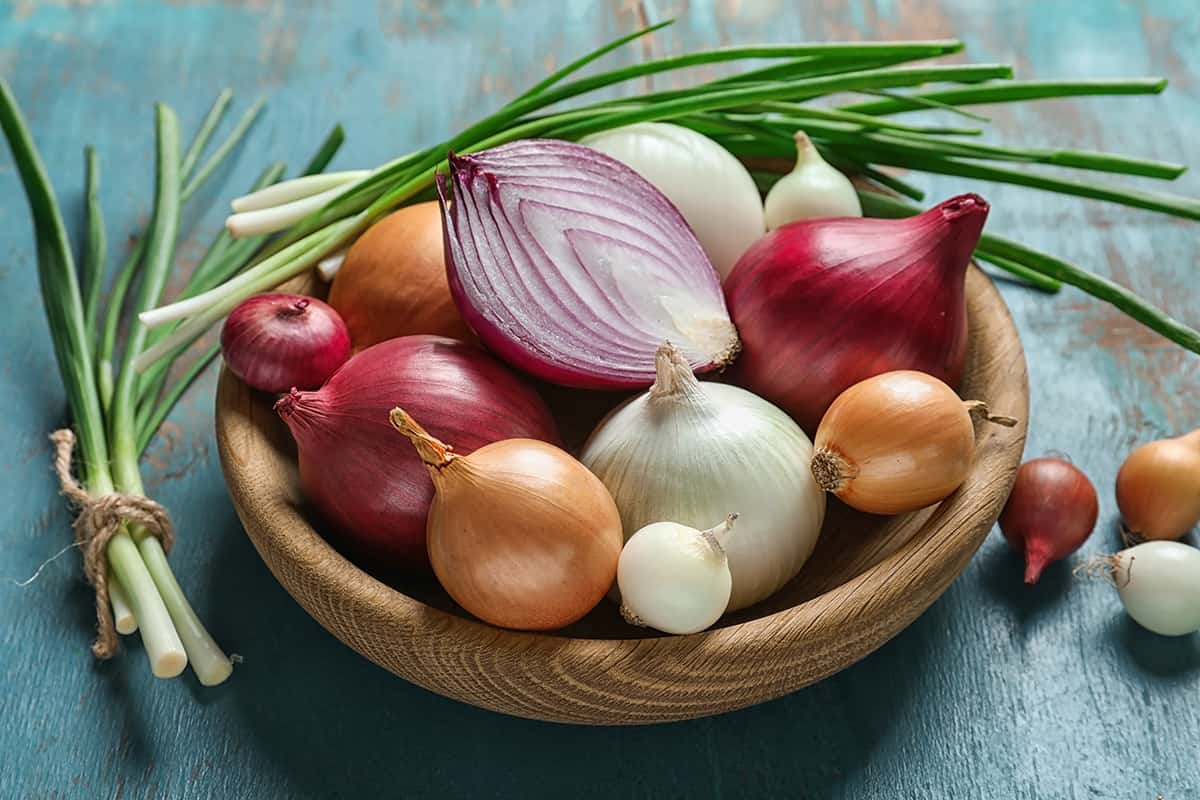
There are hundreds of onion varieties grown all over the planet. Since we don’t have enough time to cover them all, let’s discuss the most common varieties you can find at a farmer’s market.
Yellow onions
Yellow onions, which are the most popular variety in the US, are an all-around onion used for nearly any recipe. They have pretty low moisture content in comparison to other onion types, giving it a more pungent and pronounced flavor and aroma.
Red onions
Red onions are immediately identifiable by their dark red or deep purple skin. They have a slightly spicy flavor profile and an incredibly crispy texture, so they go great in salads and sandwiches. Since their color fades when cooked, eating them raw will retain their beautiful hue and natural crunch.
Sweet onions
Sweet onions are slightly larger than red onions but do not have as pronounced a flavor or spice. In addition, sweet onions contain a lot less sulfur, so they won’t cause you to cry nearly as much as other onion varieties when peeled and chopped. As its name suggests, sweet onions become sweet when cooked, but they’re also a fantastic option to eat raw.
Shallots
Shallots, though red in color, have no relation to red onions. They’re considerably smaller than your average onion, hence harder to slice and chop. If you can get past the tear-jerking sulfur, you’ll find shallots to be delicate and sweet with only hints of oniony sharpness.
Spanish onions
When you think of raw onion toppings on a hamburger, you probably think of Spanish onions. This onion variety contains a lot of moisture and has an off-white flesh. They’re not as pungent as other onion varieties, so you can nibble on them raw in tacos, burgers, and dips.
White onions
The white onion gets its name from its white peel and white flesh. It looks a lot like garlic, but it’s sweet and not nearly as pungent due to its sugar content. The more you caramelize them, the sweeter they become, making them a great option for casseroles and all sorts of Mexican (and Texican) dishes.
Pearl onions
Pearl onions, also known as baby onions in some parts of the world, are small and round in shape. They’re incredibly sweet, so they pair well with soups and salads. If you pickle them in a paprika and turmeric-based brine, you’ll end up with the classic cocktail onion for garnishing drinks.
How Many Onions in a Pound?
Ultimately, figuring out how many onions are in a pound requires identifying which type of onion you’re working with. Yellow onions and considerably larger and heavier than pearl onions, for instance, so you may end up with vastly different onion counts.
Not only do you have to figure out the onion variety, but you also need to familiarize yourself with the different onion size classes. Here, I’ll explain what those classes are and the average weight for each class.
| Size | Minimum Diameter | Maximum Diameter | Average Weight | How Many in a Pound |
| Small | 1 in. | 2.25 in. | 4.34 oz. | 3 to 4 |
| Medium | 2 in. | 3.25 in. | 7.27 oz. | 2 to 3 |
| Large or jumbo | 3 in. | – | 11.09 oz. | 1 to 2 |
| Colossal | 3.34 in. | – | 16.17 oz. | 1 |
Should You Buy Large or Small Onions?
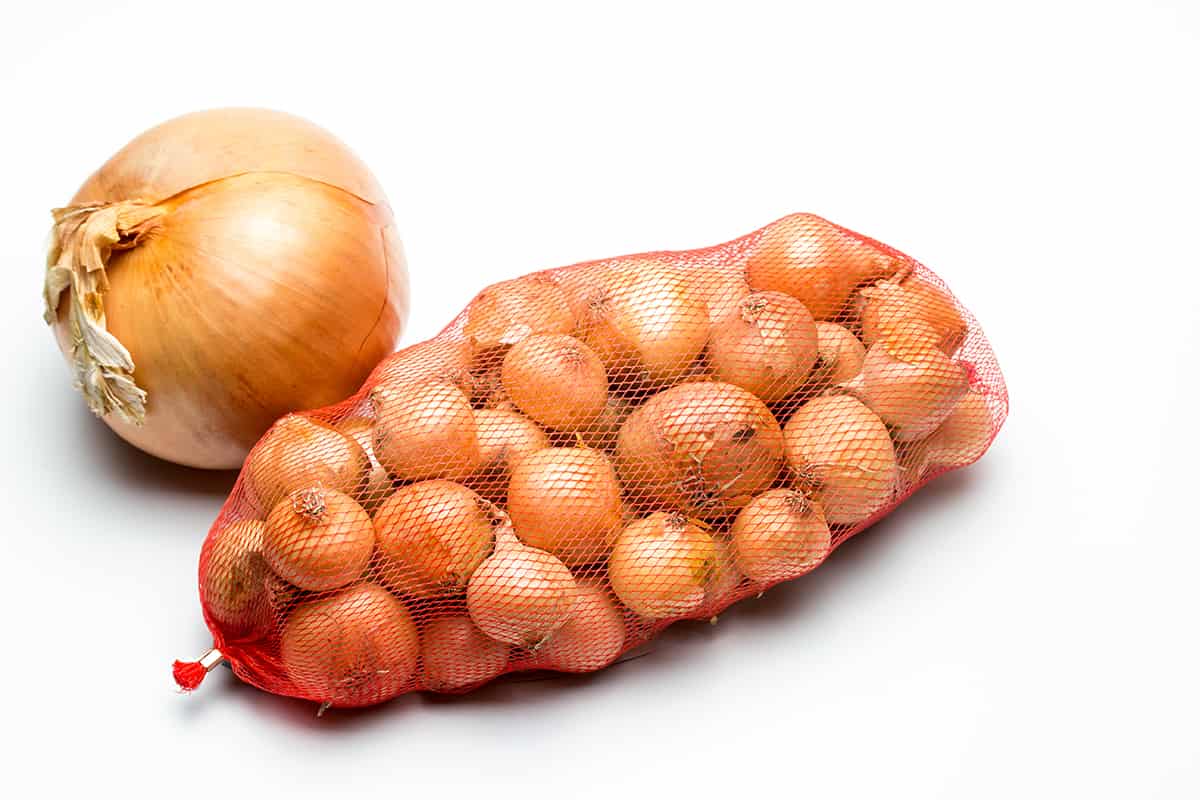
Now that we know the size classifications and the average weight of onions based on size, it’s time to decide whether it’s better to buy large or small onions.
First of all, the size of the onion plays a role in its flavor profile. Usually, larger onions taste sweeter and milder compared to their smaller counterparts. So, if you’re a fan of sweet and less pungent onions, go for larger onions.
However, large onions have one large drawback—their volume. Many recipes you make will not require 11 to 16 ounces of onion, especially if you’re only feeding a small group of people. Using jumbo or colossal onions, in this case, will force you to wrap the remaining onion in plastic and stuff it in the fridge. This may result in a loss of flavor and aroma over time.
How Many Cups is an Onion?
The next thing you should know when working with onions is determining the volume of an onion. Many recipes will ask you to slice or chop the onion before adding it to a cooking vessel. So, how many cups is in an onion?
Usually, a medium-sized onion (between 2 and 3.25 inches in diameter and roughly 7.27 ounces heavy) will give you 2/3 of a cup when chopped and ¾ of a cup when sliced.
Feel free to use the following chart to determine how many medium onions you need for a recipe.
| Cups Needed | Chopped | Slices |
| ¼ | 0.4 bulbs | 0.3 bulbs |
| ½ | 0.8 bulbs | 0.7 bulbs |
| ¾ | 1.1 bulbs | 1 bulb |
| 1 | 1.5 bulbs | 1.4 bulbs |
| 2 | 3 bulbs | 2.7 bulbs |
| 3 | 4.6 bulbs | 4.1 bulbs |
| 4 | 6.1 bulbs | 5.4 bulbs |
| 5 | 7.6 bulbs | 6.8 bulbs |
Tips for Preparing Onions
- Chop or slice the onion as close to when you want to cook them as possible. The longer you leave the onion’s flesh exposed, the more it loses its flavor.
- To prevent crying in the kitchen, refrigerate onions for 30 minutes before cutting into them. Alternatively, you can freeze them for 15 minutes.
- Rub lemon juice or coarse salt on your hands after cutting onions to remove the flavor, smell, and spice.
- Use medium heat when sautéing onions or use low heat when caramelizing onions.
